Today I’m going to walk you through 10 photos from my second Winter Wonderland Tour for 2014, in the first of what will be a two part series. Although we didn’t have much snow in Hokkaido at the start of Tour #1, record snow falls in Nagano got us off to a slow start, but as usual, we made the most of the situation and ended up with some photos that we probably wouldn’t have got otherwise.
The cold that usually sets in further north seems to have made it’s way much further south across the globe this year. Literally the day after we got back from Tour #1 we had the heaviest snow fall in Tokyo for more than 40 years, which was ironic because there had been much less snow than usual in Hokkaido while we were there.
As I prepared for Tour #2 though a week later, the forecast was for more snow, though they’d initially said it would not be as heavy as the big snow fall we’d had the previous weekend. They were wrong. Record levels of snow fell over the weekend, and by the Sunday as participants arrived to get started all of the roads to Nagano where we start our tour photographing the snow monkeys became impassable.
With four feet of snow falling in some areas in just one night, the military were out trying to dig people out from their cars, as they’d become trapped in sections of the highway. As participants arrived for our pre-tour dinner, I had to keep them waiting for 15 minutes or so as I talked through our options with our tour operator, the company that I outsource the logistics to.
There wasn’t much we could do other than wait and see if the roads would be cleared in time for us to get over to the Snow Monkeys before we would fly to Hokkaido in three days time. I spent an hour on the phone with our tour operator the following morning again, and we decided to make our way over to Nagano on the bullet train, which had just started running again.
This in itself was a bit of a nightmare as everyone that needed to get to Nagano were on these early bullet trains, because of course all of the roads were blocked. Still, the group were patient and we made our way across Tokyo on the train system, and they were all at least able to get a seat on the bullet train. I took one for the team and stood at the back of the carriage with the luggage that we couldn’t keep with the group. The bullet train isn’t designed for people with a lot of luggage, so there was no other option.
We usually go into the Monkey Park on the first afternoon, but the local trains that would get us closer to the town in which we usually stay were also not running, so it took us most of the day just to get to our hotel. Still, we were there, and we had a nice walk around the town for an hour or so before dinner.
The next problem that we had to deal with though, is that the track to the monkey park was still covered in very deep snow. The owners of the park had asked us not to go in until the afternoon, to give them time to clear the path.
As we’d already missed our first afternoon though, and there was a good chance that we’d have to forfeit our third morning with the snow monkeys too, I decided to ignore that request, and we walked into the park. The track was actually better than I’d expected, so everyone made it in, even though it did take a little longer than usual.
After apologizing to the park owner for ignoring his request, we started our photography. The next problem that we ran into was that the pipeline for the hot water that fills the pool that the monkeys usually bath in had ruptured, so there were no monkeys in the pool.
This was a bit of a shame, as people love to get their shots of the monkeys in the pool, but this meant that the monkeys were doing things that they didn’t usually do. Most of the troop for example were down in the valley by the river, and the large amount of snow put them in a beautiful environment, and we were presented with photos such as this one (right) of a snow monkey sitting in the snow just lapping up the warm sun.
The monkeys are so human-like, that we can easily relate to their poses and give them feelings that they may not actually have, at least in the way we feel them, but this monkey just looks so happy to be sitting in its little chair of snow soaking up the sun. This area is often just brown rocks and dirt, and the background is usually a rocky too, so things weren’t too bad, and the participants were enjoying their time with the monkeys.
As I stood up by the pool again, I had one of those moments where something happened so quickly that I wasn’t able to photograph it, and have ended up with an image in my mind that will haunt me until I can capture something similar. The heavy snow was in banks up on the valley wall behind the pool that the monkeys usually bath in, and as I turned having heard a screech from an adult monkey, the monkey burst through the bank of snow having been bullied by another monkey. The snow went everywhere and the expression the monkey’s face was classic. I’m not sure if there’ll ever be enough snow to get a second chance to make a photograph, but I’ll be trying, that’s for sure.
As I watched though, there was another adult monkey further around the bank of snow, and it seemed to have gotten into a position where climbing back up the bank would be more difficult than jumping across to this side, so I watched for a while, and was rewarded with this photograph (below).
Because I was shooting in Manual mode as usual, I already had my exposure locked in, and had zoomed to 280mm with my 70-200mm lens with the 1.4X Extender fitted, and luckily the auto-focus was able to lock in on the face of the monkey at just the right point as he leaped. The shutter speed of 1/400 of a second was fast enough to freeze the monkey in mid-air, and capture all of the falling snow showing the dynamism of the action unfolding, so I was pretty pleased with this one.
All in all it turned out to be a great day, and the group had some great snow monkey shots to show for their effort. Now we had to deal with the problem of getting back to Tokyo. There were still over 200 people trapped in their cars on the highways as we enjoyed our photography, and that felt pretty bad in some ways, because there had unfortunately been a number of fatalities.
Things were starting to look up for our tour though. The bus that we should have come out to Nagano on was able to take a detour around on a different highway that had now been cleared of snow, so Yukiko our tour conductor and I went to the hotel that our bus driver had just arrived in after we’d taken the group back to the hotel, and we worked on our strategy for getting back to Tokyo.
The road that we usually used was still blocked, but by this time all other roads were now open, so we decided to forfeit the last morning with the monkeys, opting to start our journey back to Tokyo after breakfast. As it happened, our usual road also cleared on the morning that we left, but there was still a good chance that we’d end up in heavy traffic and we couldn’t risk being late back to Tokyo, as that would put the rest of the trip in jeopardy. We had a flight to catch to Hokkaido the next morning.
We ended up getting back quite smoothly, and so with a couple of extra hours, we drove around to Odaiba, a small beach with a view of the Rainbow Bridge, and I worked with the group on some long exposure techniques, resulting in some nice shots for the group, but I didn’t have time to get a shot of my own, so I’ve got nothing to show you.
On the morning of February 20 we got our flight to Hokkaido without issue, and by mid-morning we were out on the snow photographing the Red-Crowned Cranes, grus japonensis. As I’ve mentioned before though, one of the highlights of photographing the cranes, is feeding time at 2pm, when fish are thrown out for the cranes, but most of them are stolen by opportunistic Black Kites, White-Tailed Eagles, and the occasional Steller’s Sea Eagle. Here we see a White-Tailed Eagle flying over the cranes with his “catch”.
I shot this with the new 200-400mm lens with the built in 1.4X Extender engaged and fully zoomed in to 560mm. I love it when we get this fine snow fall like this too, which I brought out some with some heavier than usual use of the Clarity slider in Lightroom, taking it up to 38.
As I mentioned a couple of episodes ago, I’m loving being able to actually zoom with this lens, as I’ve been doing my wildlife work with prime lenses for many years now. Still though, I’m really enjoying shooting eagle detail shots with their wings clipped, as we see in this image. I disengaged the 1.4X Extender for this, and zoomed out slightly to 315mm, but still got in really close as I like it.
This shows you just how close the eagles get though. This was really almost directly overhead, as the White-Tailed Eagle banked around for another pass at the fish that had been thrown out on the snow.
There are still times though when a second camera with a wider lens helps, so I had been keeping a 5D Mark III with a 70-200mm lens sitting on my camera bag between my tripod legs, and reached for it when this family of cranes flew in from behind me. This was shot at 85mm, so almost zoomed completely out.
These photos were from our second day with the cranes, and I reached for the 70-200mm again a few hours later, as a crane took off and flew almost directly over my head. I shot this next image at 70mm, so you can see just how close the cranes sometimes get (below).
To ensure that you can get shots like this when using two cameras in Manual mode, you do have to keep adjusting the exposure on your second camera when you change the main camera. Especially on days like this, as you can see, when there’s patchy cloud. You generally find that you have to switch between two different settings, one for cloudy and one for clear.
This is still easier than working with Aperture Priority and Exposure Compensation though, as there is just not enough time to change the compensation as the birds move from a white background to a blue sky, or even darker background, as we saw with the earlier eagle shot. This change in background throws your exposure all over the place if you use an automatic mode, and this is why Manual makes so much more sense here.
In the ten years that I’ve been photographing the cranes, probably the only time that I could have safely used Aperture Priority was for this next shot, when the sky was almost a perfect 18% grey, almost as though someone had held up a huge grey card for me. Here there was heavy snow cloud moving in, but the cranes were still brightly lit with sunlight through a clearing in the clouds, and I thought the play on contrast was quite interesting.
Soon it was feeding time on the second day though, and we were treated to another incredible display from the kites and eagles, as we can see in this photo of a White-Tailed Eagle bank around again, almost seemingly showing off his beautiful wings. This was shot at 560mm, and actually cropped slightly along the top and right for better composition.
After feeding time we went over to a different sanctuary for the red-crowned cranes for a few more hours, before heading back to the hotel.
This is the location of course where we also get up early and go to the Otowa Bridge in the hope of getting some mist on the river and hoar frost on the trees, as we had one day on the first tour this year. This hadn’t happened on our first visit on this tour, but it almost came together on our second morning, as you can see in this image.
This was one of my first shots, as the trees went white, and a little bit of mist formed over the river in the background. This was actually a 10 second exposure, so I felt that a black and white conversion suited it better, with the flowing water and sleeping cranes still almost all motionless. Unfortunately though, the mist didn’t really get any better than this. It was still quite beautiful and better than nothing for sure, but not the best conditions. Still, that’s nature for you. Nothing is guaranteed. All we can do is be there at the best time of year for this to happen, and keep our fingers crossed.
After breakfast on this third day in Hokkaido we took a steady drive over to Kussharo Lake, where we’d start to photograph the Whooper Swans for two days. When we got to Kotan, a small corner of the lake that we usually visit first the wind was high blowing snow across the scene, and the ice was thick enough for us to walk out on to, and set up our long lenses for shots like this, of a swan stretching its wings.
This is probably one of my favorite shots of the trip this year. I love it when you can see the air due to mist, snow, rain or just about anything that gives you a sense of the air in the photo. This was shot with the 200-400mm again, right out at 560mm with the Extender engaged, and is totally un-cropped. This is one time when of course clipping the wings would have ruined the photo, so I was happy to get this.
I had also opened my aperture up to f/5.6 for a shallow depth-of-field, and so the snappy focus of this lens was very welcome too. Although my tests have shown that the 200-400mm is quite sluggish with the 5D Mark III for birds in flight, here it was snappy enough to focus on the swan as I noticed him rear up and start to stretch.
After Kotan, we went further along the lake to Sunayu where we did our customary panning shoot, which is a lot of fun, but we’re up to our 10 photos for this episode, so we’ll leave it there for today, and start the second part of this travelogue with a panning shot before moving on with the rest of the tour.
Join us in 2015!
Note that we are already taking bookings for the 2015 Winter Wonderland Tours, so if you’d like to join us, go and register at https://mbp.ac/ww2015 or click on the image below for details.
Show Notes
Details of the 2015 Snow Monkeys & Hokkaido tours: https://mbp.ac/ww2015
Music from Music Alley: http://www.musicalley.com/
Subscribe in iTunes for Enhanced Podcasts delivered automatically to your computer.
Download this Podcast in MP3 format (Audio Only).
Download this Podcast in Enhanced Podcast M4A format. This requires Apple iTunes or Quicktime to view/listen.


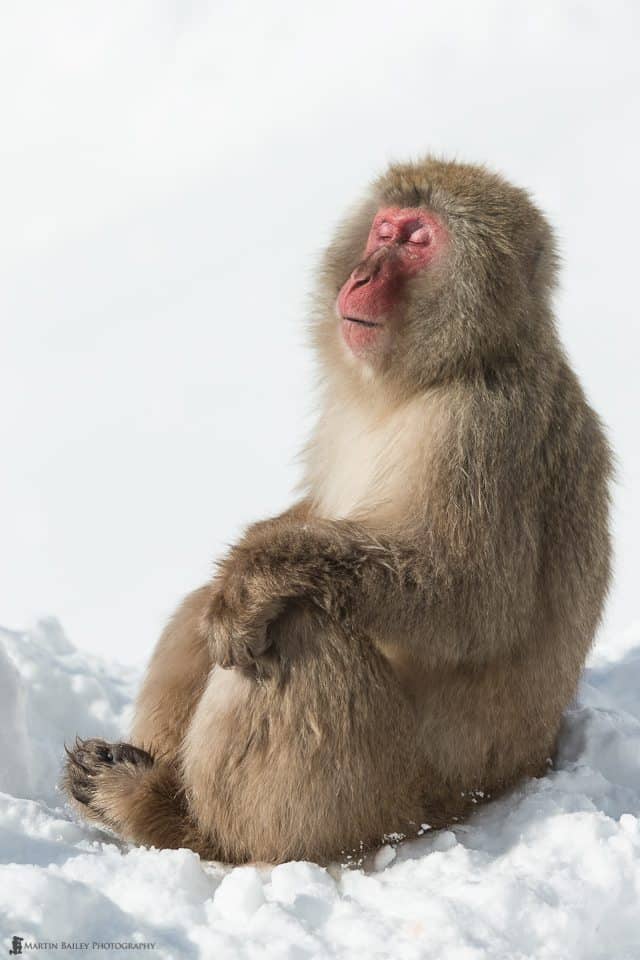
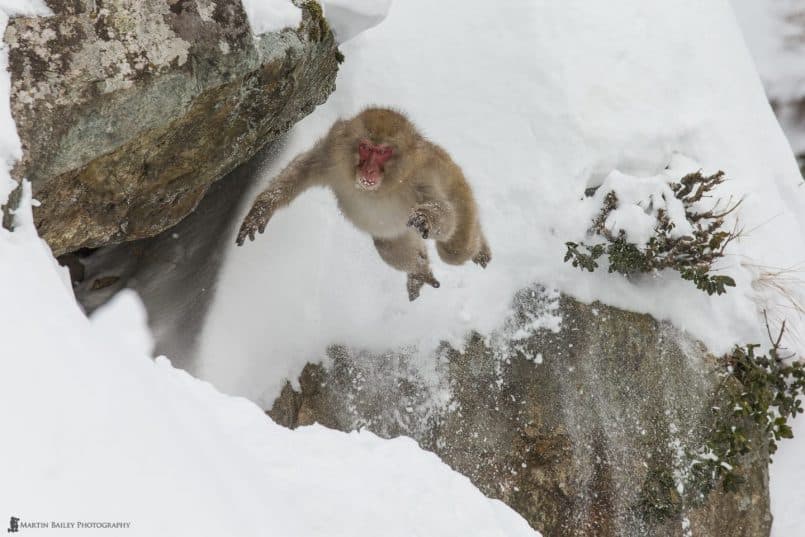
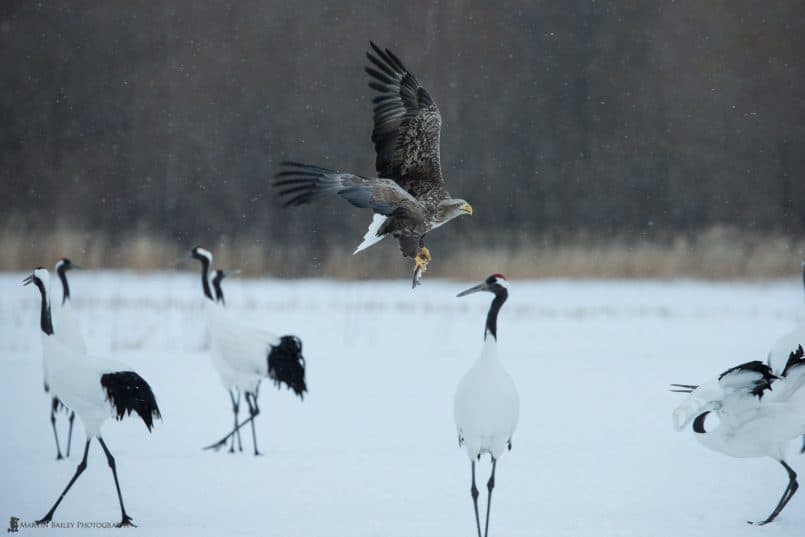
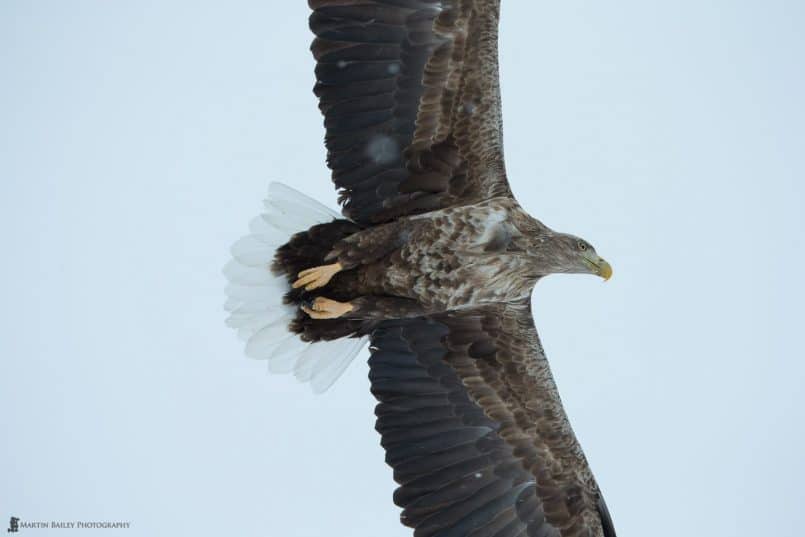
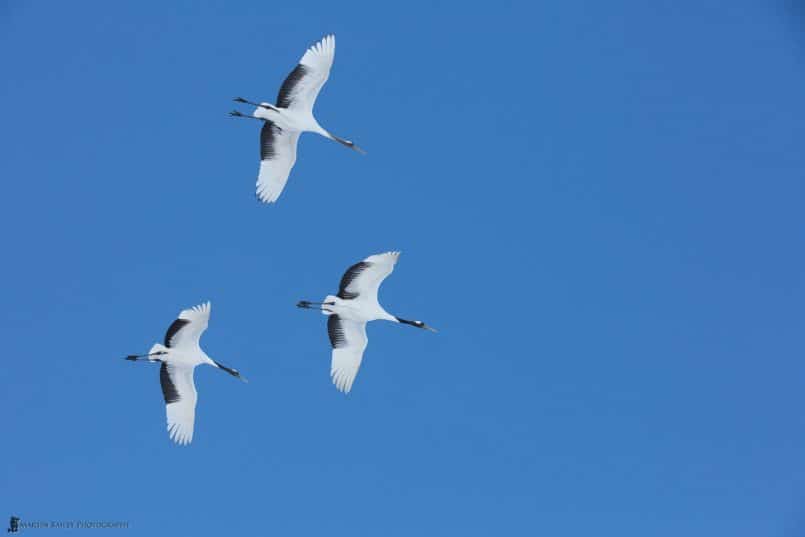
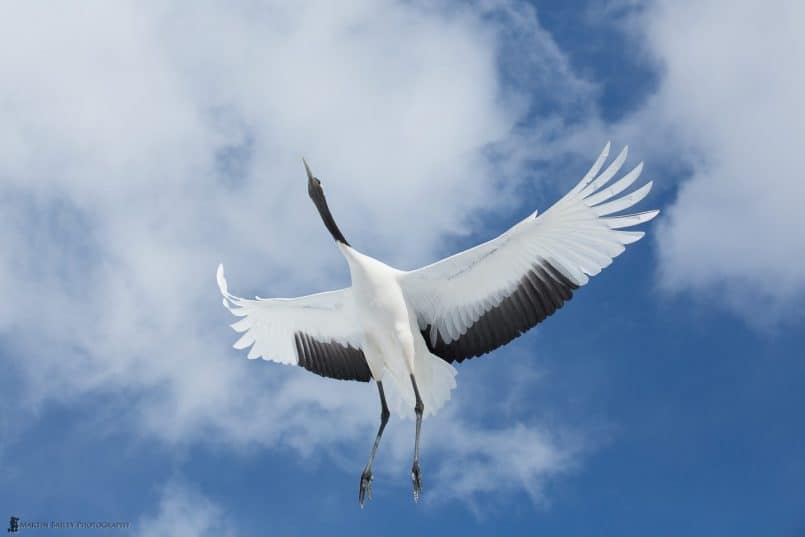
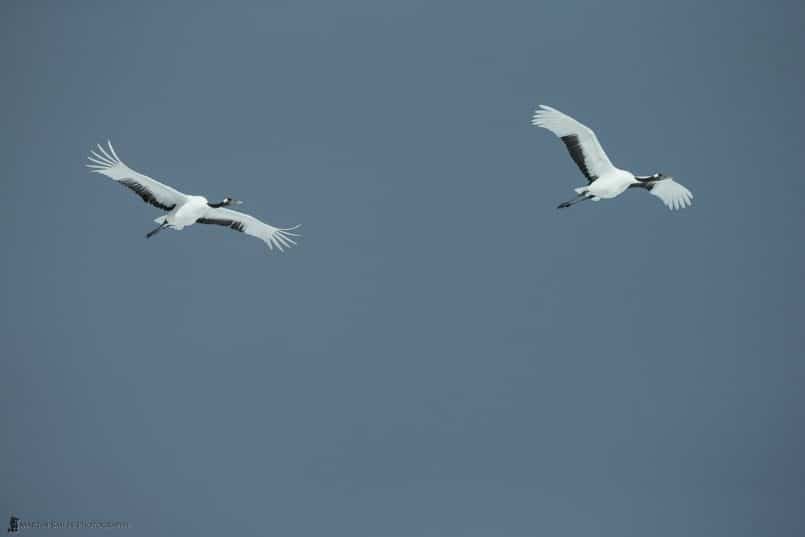
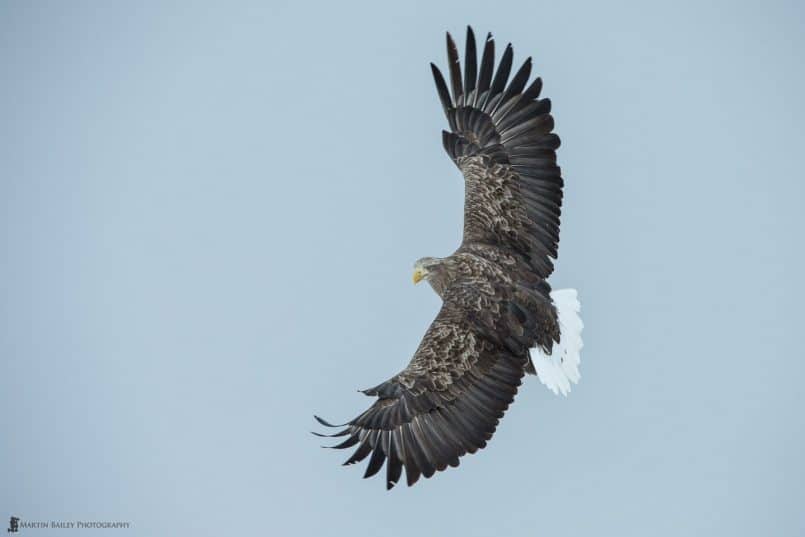
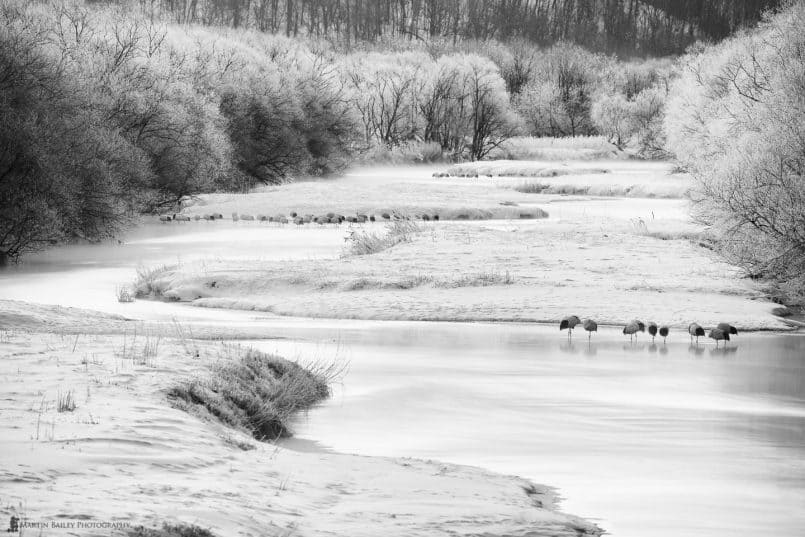
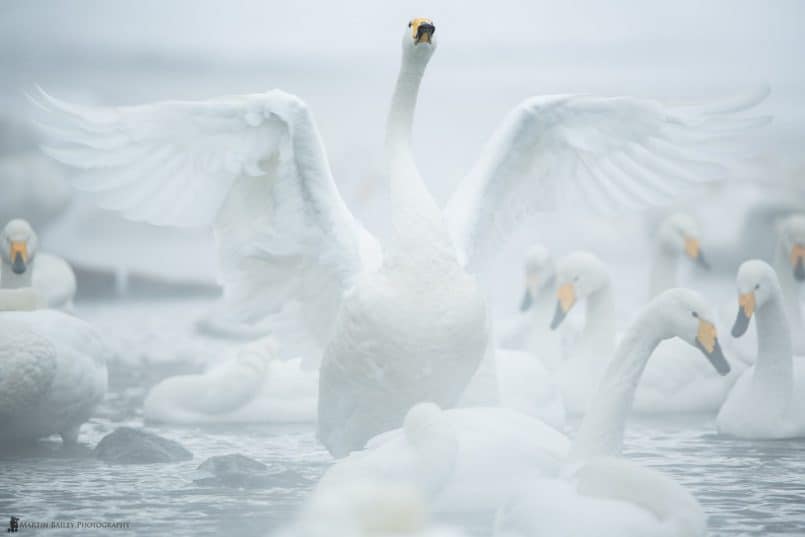


Love your Angel Wings photo Martin. It’s beautiful. I particularly like the fact that you caught the surrounding swans around the one that was stretching its wings. Great job.
Thanks Chuck! Yeah, that was a favourite from this year’s trips.
Thanks for stopping by and for taking the time to comment.